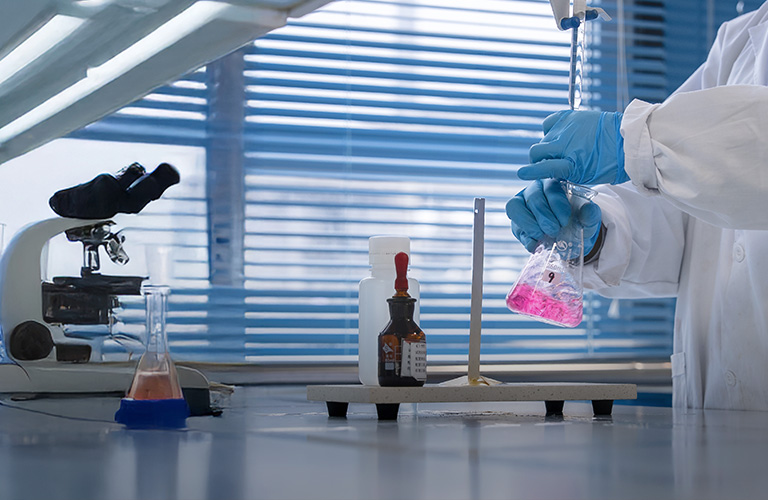Advanced Technologies
Our mission is to empower new materials through R&D and technology, and this is also our competitive strategy for differentiated development. To achieve this, in accordance with the group's development strategy and guided by customer demands, we focus on the difficulties in production and operation, continuously increase investment, strengthen the construction of talent teams, and establish a process technology and equipment R&D system with deep integration of industry-university-research cooperation, so as to continuously enhance our R&D capabilities and provide strong support for
-
Cobalt Oxide Preparation Technology
Cobalt oxide is prepared by precipitating cobalt carbonate from cobalt chloride and ammonium bicarbonate, followed by high-temperature calcination.
-
Low-Acidity Leaching Technology
Uses weakly acidic wash water for leaching to reduce acid consumption and achieve energy savings.
-
Synergistic Leaching Technology - Copper and Cobalt
Controls pH and kinetics during leaching to improve copper and cobalt recovery rates.
-
Synergistic Leaching Technology
Controls pH and kinetics during leaching to improve copper and cobalt recovery rates.
-
Tailings Treatment Technology
Optimizes process parameters to treat waste ores at low cost, maximizing efficiency.
-
Lithium-Doped Ternary Precursor Technology
Incorporates lithium during precursor preparation, enhancing the rate performance of cathode materials.
-
In-Situ Growth Technology
Prepares multi-channel phosphate (manganese) iron precursors, improving low-temperature performance and cycle life.
-
Lithium-Rich Ternary Cathode Technology
Enhances lithium content by 10%-30% while maintaining crystal structure, offering high-capacity potential for next-gen cathode materials.









